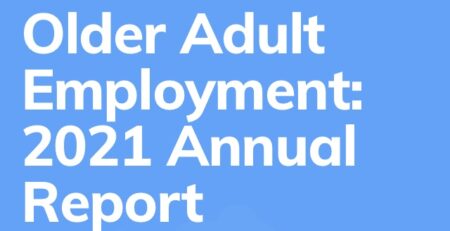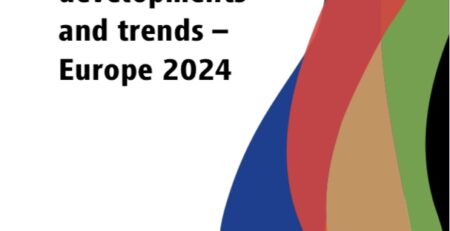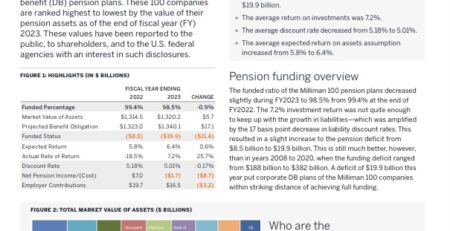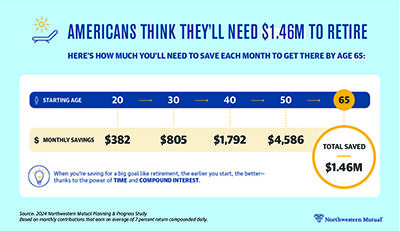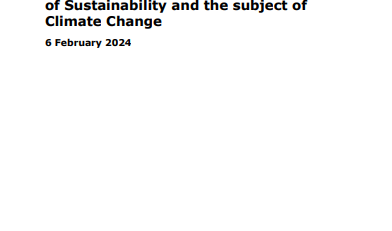The Battle for Social Investment
By Emilio Basavilbaso
Today we find different visions regarding investments in Social Welfare Policy. So far we are fine, the problem begins when we cannot listen to those who think differently. Some phenomena that are occurring in the world make this more and more complicated. We tend to associate with people who think like us and agreeing is increasingly difficult. A ¨crack¨ opens between one another, which is increasingly difficult to close. And by not knowing, we tend to assume things that are often false.
As an example, I will present two views as to the value or not of investing in social development. > The first has to do with a vision that countries do not grow because of the lack of a favorable environment for development. On the one hand, citizens who think that the money they pay with their taxes goes to subsidies say: ¨Everything I earn is taken from me in taxes. It annoys me because there are people who do not pay for some services and on top of that they are given a plan so that they live without working, thus the work culture is lost¨. > On the other hand, there is an idea that the countries do not grow because there are no opportunities for everyone.
That inequality is growing and that there are people who need solutions now. ¨I am abandoned, I do not have access to a good education today, I will not have the same job opportunity tomorrow ¨, say those who seek more policies in this regard. > But then, is it convenient to cut social investment and reduce the tax pressure on the productive sectors so that the country can grow or not? Responding to this dilemma is not only an issue in Argentina, but it is also one of the main debates in the entire world today. The book tries to provide information on how Social Investment is made up in Argentina in order to have a well-founded vision and thus be able to answer this question with fewer preconceptions. The book does not seek to close the ¨crack¨, because it exists and is real. It proposes understanding so that in the future we can look for common solutions.
Get the book here



